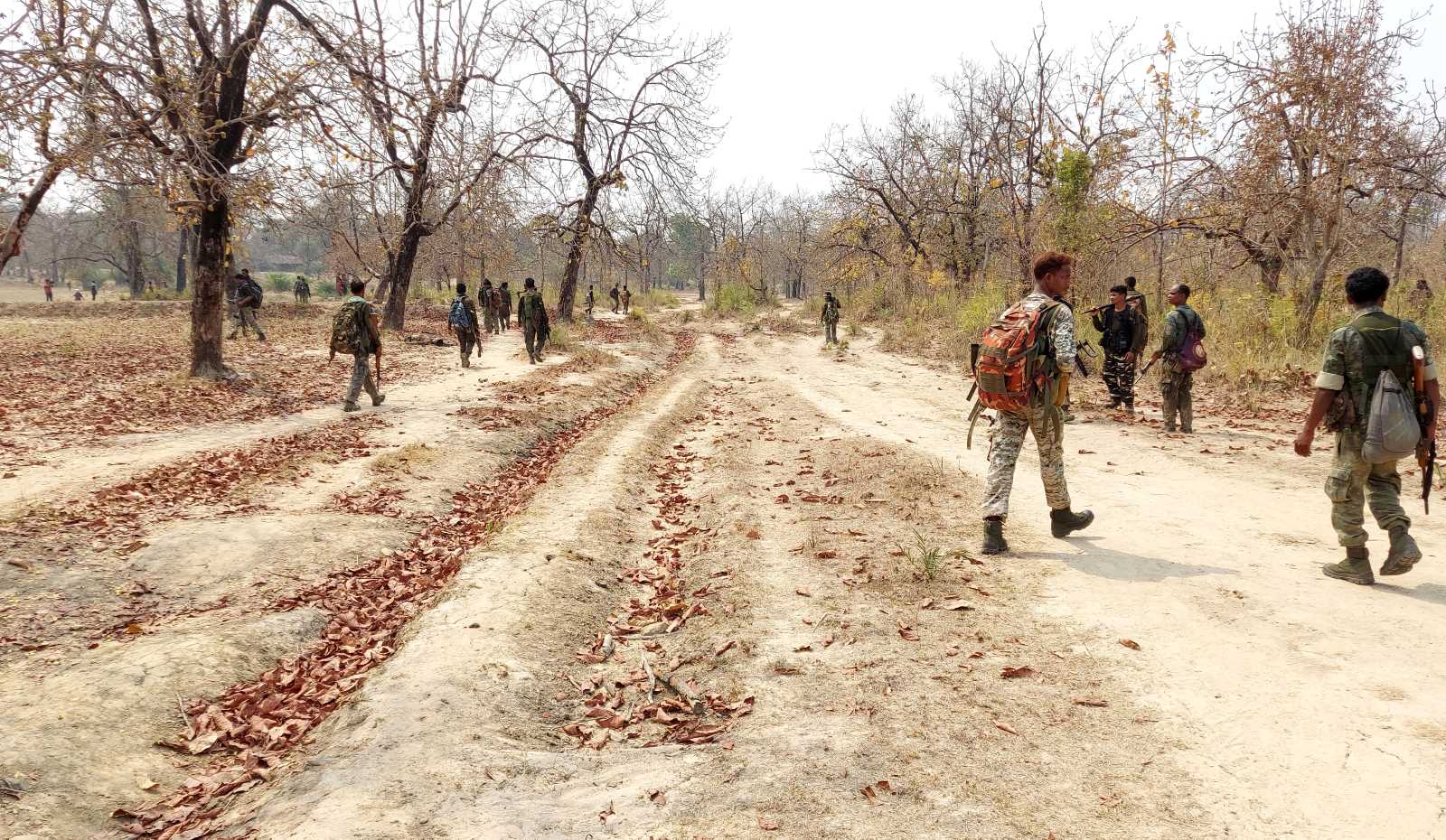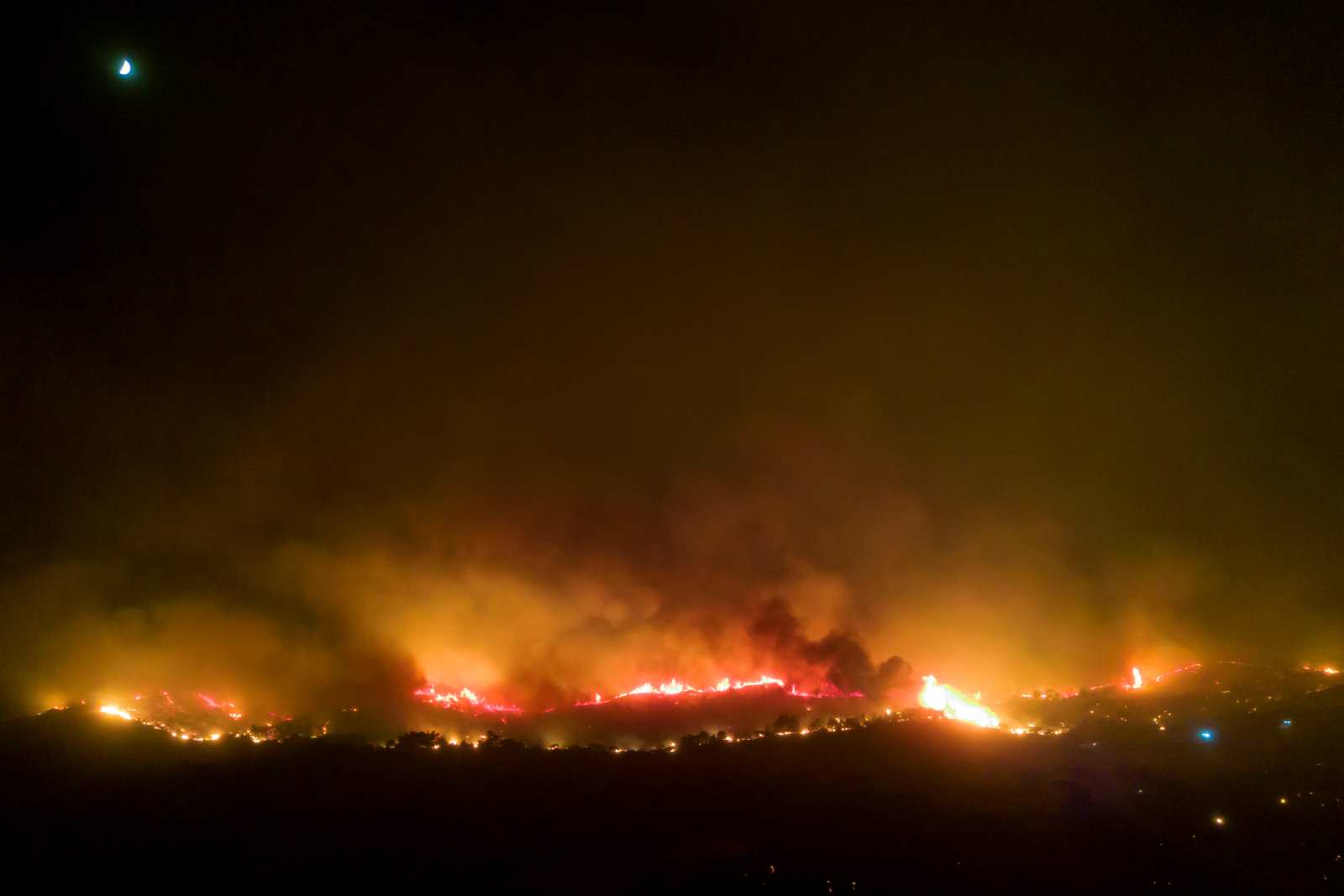Environmental law
Humankind needs more stringent environmental regulations

The UN Framework Convention on Climate Change (UNFCCC) was adopted three decades ago at the Earth Summit in Rio de Janeiro in 1992. It is humankind’s attempt to get a grip on climate change, though so far the efforts have not been efficient to prevent calamities.
The context of the UNFCCC keeps developing. Annual Conferences of the Parties (COPs) serve that purpose. The last major agreement was concluded in Paris in 2015. It is not legally binding, but makes the commitment to keeping global temperature rise below 2°C – and preferably 1.5°C – below the preindustrial level.
All signatory countries are expected to make voluntary commitments to reducing carbon emissions and to scale those commitments up systematically. For this purpose, COPs must regularly take stock of the progress made towards mitigating global heating. So far, it remains insufficient. At current trends, average temperatures are set to rise by more than 3°C above preindustrial levels.
Anyone who wants to get a clear understanding of the Paris agreement is well advised to do the online course Climate Change International Legal Regime on the UNEP website. Relevant information includes that developed countries have an obligation to provide climate finance to developing countries, and that various sources, instruments and channels can be used to mobilise money. Moreover, the agreement includes the obligation to support capacity building in least developed countries and small island developing countries, both of which are particularly vulnerable to the adverse impacts of the climate crisis.
On the other hand, the Paris Agreements says nothing about compensations for losses and damages that result from climate change. The decision to establish a mechanism for this purpose was taken at the most recent COP in Egypt last year. But then again, this summit did not achieve much in regard to mitigating the problems.
Revisiting the Kyoto Protocol
The UNEP course also provides information regarding the Kyoto Protocol. It was adopted in 1997 by a COP in the Japanese city of its name.
The UNFCCC makes a distinction between advanced high-income economies and the transition countries of the former Soviet bloc on the one hand (Annex 1 countries) and all other nations on the other hand. The Kyoto Protocol spelt out percentages by which Annex 1 countries were supposed to reduce their greenhouse-gas emissions. In sum, emissions were meant to decline by at least five percent in these countries by 2012.
The Protocol offered some flexibility. For instance, it allowed Annex 1 countries to pool their efforts, with one country doing more than pledged and the other doing less. It also defined a clean development mechanism, according to which emissions reductions which were achieved in a non-Annex 1 country thanks to support from an Annex 1 country could be counted as reductions achieved by that Annex 1 country. For several reasons, the protocol is largely considered a failure:
- The USA did not ratify the agreement, with President George W. Bush declaring in 2002 that it would be detrimental to the nation’s economy.
- Other Annex 1 countries later withdrew.
- As a group, the signatory Annex 1 countries achieved the defined goals, but that was mostly due to the economic collapse of the former Soviet bloc and sluggish economies after the financial crisis of 2008.
The Kyoto Protocol thus did not lead to mitigation measures that facilitated environmentally safe growth. There were attempts to give it more teeth. Binding targets, however, proved very controversial, so they no longer figure in the Paris Agreement.
A lasting impact of the Kyoto Protocol, however, was the definition of what gases count as greenhouse gases. In 1997, that included carbon dioxide, methane, nitrous oxide, hydrofluorocarbons, perfluorocarbons and sulphur hexafluoride. Nitrogen trifluoride was added in 2012.
UNEP’s Law and Environment Assistance Platform (LEAP) offers several interesting online courses regarding international legal regulations (see box). In early 2023, the total number of courses was 32.
Activism to defend the environment
Another course is called “Mini course on environmental defenders”. It starts with elaborating what groups and individuals can collectively do to protect, promote and respect the right to a clean environment. It illustrates environmental activism around the world.
For example, the course considers a legal battle that went on for 12 years in India. In the end, the Supreme Court recognised the rights of the Dongria Kondh, an indigenous community. They demanded that the forests they depend on must not be destroyed by bauxite mining and insisted that their religious values be protected. The full truth is that conflicts over natural resources often escalate violently (see a previous contribution of mine on unrest in Indian forests).
According to the UNEP course, some 197 persons were killed because of their environmental activism in 2017. The authors do not count victims of civil-war-like strife and admit that the true number of casualties may be higher. They state that reporting is poor in many places. A strong point of the course is that it includes individual stories, and thus provides a sense of human touch, rather than hiding behind statistics.
Examples from around the globe demonstrate how similar struggles are, with projects that supposedly serve development all too often causing considerable environmental damage. The course indicates that murders often relate to competition over natural resources, with perpetrators benefiting from impunity, lawlessness and corruption.
Environmental damage often affects human rights, so governments have an obligation to protect activists. They fall within the scope of the UN Declaration on the Right and Responsibility of Individuals, Groups and Organs of Society to Promote and Protect Universally Recognised Human Rights and Fundamental Freedoms.
Both courses show that governments all too often do not live up to their responsibilities, whether they are spelled out in legally binding norms or not. UNEP helps to get a better understanding of the issues.
Suparna Banerjee is a Frankfurt-based political scientist.
mail.suparnabanerjee@gmail.com














